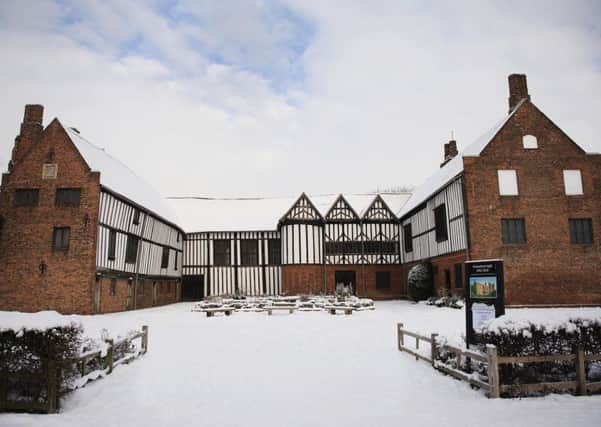Guest column: A merry medieval Christmas to you all


A celebration in expectation of better weather and longer days as spring approached, with more time to actually celebrate and take stock of the year because there was less agricultural work to be completed in the winter months, has made this time of year a popular party season for centuries.
Whilst the term ‘Christmas’ was first used in the English language in 1038 as an amalgamation of the Old English expression ‘Christes Maesse’, meaning ‘festival of Christ’.
Advertisement
Hide AdAdvertisement
Hide AdThe influences for this winter celebration pre-date this time significantly.
The shortest day of the year is the midwinter solstice on December 21.
This date was very important to the Neolithic people who built and used Stonehenge, with its tallest stone lining up with sunrise on that day.
Archaeologists working at nearby Durrington Walls have discovered that Neolithic people held great feasts there at around this time of year.
Advertisement
Hide AdAdvertisement
Hide AdThey ate huge quantities of pork and beef, some of it from animals driven hundreds of miles.
The Roman celebration of Saturnalia, in honour of Saturn the harvest God, and the Scandinavian festival of Yule and other Pagan festivals centred on the Winter Solstice too.
As northern Europe was the last part of the continent to embrace Christianity, the pagan traditions of old had a big influence on the Christian Christmas celebrations.
Commemorating the birth of Jesus and celebrating on the December 25 was a tradition that was borrowed, rather than invented by the Christian religion.
Advertisement
Hide AdAdvertisement
Hide AdHere are a few of my favourite traditions that stem from the medieval period.
The tradition for carol singers going door to door is actually a result of carols being banned in churches in medieval times
Many carollers took the word carol literally (to sing and dance in a circle) which meant that the more serious Christmas masses were being ruined and so the church decided to send the carol singers outside.
Boxing Day has traditionally been seen as the reversal of fortunes, where the rich provide gifts for the poor.
Advertisement
Hide AdAdvertisement
Hide AdIn medieval times, the gift was generally money and it was provided in a hollow clay pot with a slit in the top which had to be smashed for the money to be taken out.
These small clay pots were nicknamed “piggies” and thus became the first version of the piggy banks we use today.
The Christmas crib originated in medieval Italy in 1223.
St Francis of Assisi is said to have used a crib to explain to the local people of Assisi the Christmas story.
It seems that the part played by animals in the Christmas story also comes from the early 13th century even if the Bible does not mention them.
So from us all at The Old Hall merry Christmas and a happy new year.
See you all when we re-open on January 2.